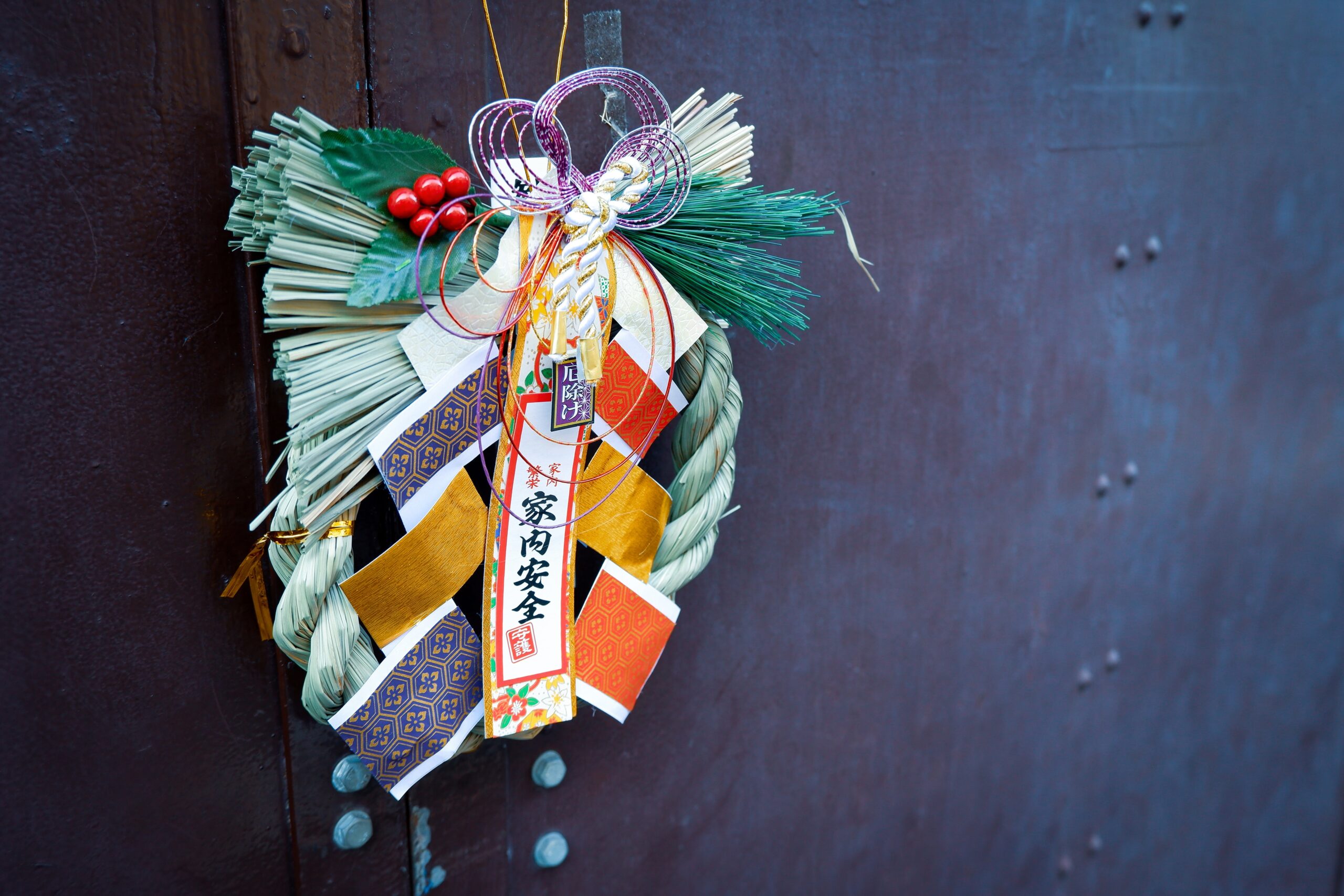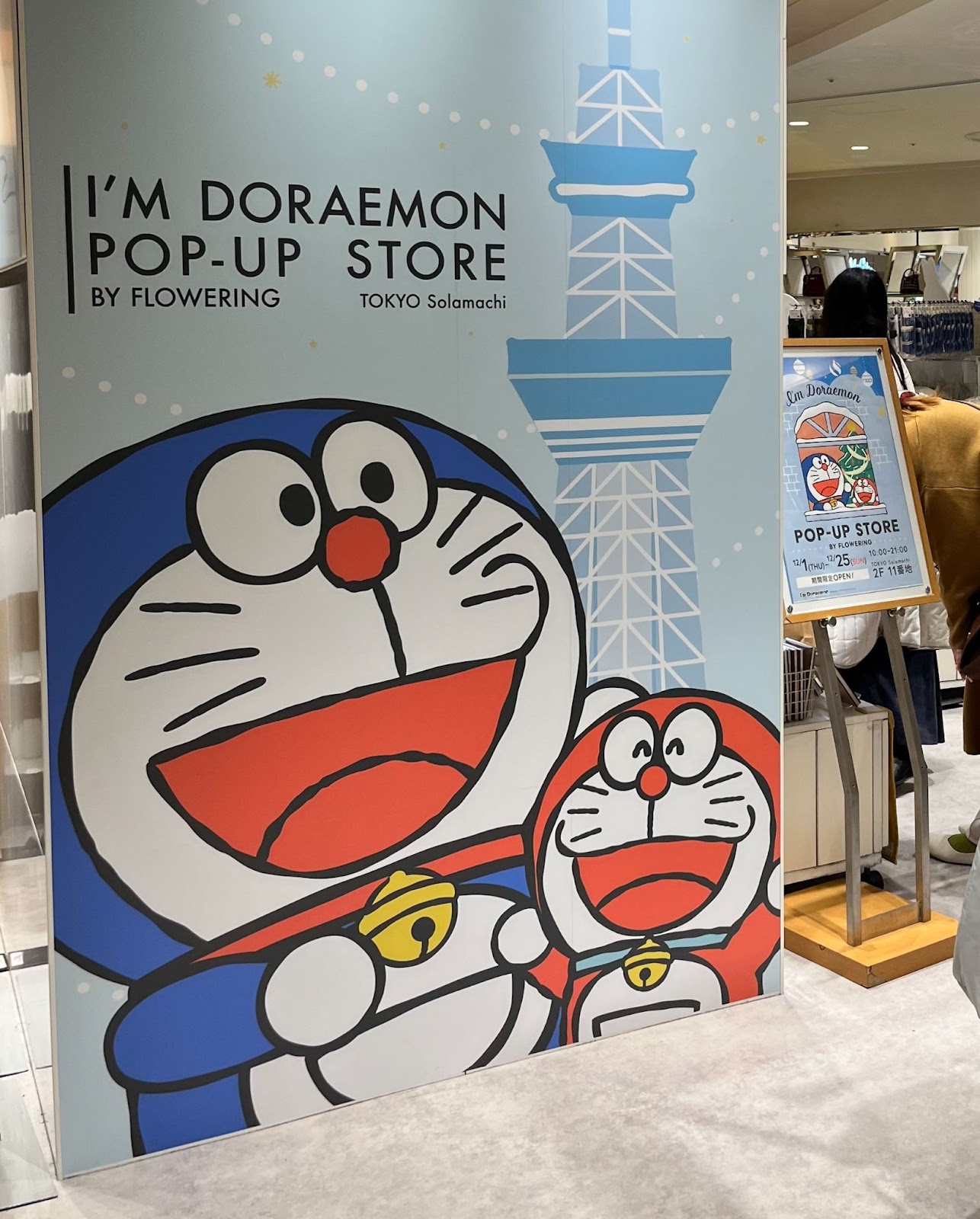 Business
Business
What is Hatsuuri? New Year in Japan: Traditions and…
By Giulia F.
In this blog post, one of the Tokyoesque researchers will explain how Japanese people spend New Year’s holidays in Japan. Then the writer will extend the observation to the business opportunity for foreign companies who want to break into the Japanese market using the sales tactic many local businesses use related to welcoming the new year called Hatsuuri – First (hatsu) Sale (uri).

What new year look like in Japan
Whilst in the West people usually spend Christmas with family and New Year’s with friends, in Japan, this is inverted: Christmas is a couple’s holiday (akin to Valentine’s Day) and New Year’s is a time where people return home and enjoy the company of their family. New Year is one of the few times in the year where business workers are granted a long stretch of holidays, and so, this free time allows people to travel back to their hometowns and spend quality time with their parents and grandparents. New Year, called oshogatsu (お正月), is a special occasion – a time for rest and celebration.
Traditionally, a typical Japanese family would spend New Year’s Eve together, and watch Oshogatsu special TV programs such as Kohaku. Kohaku is a male vs female singing competition between famous Japanese singers held every New Year’s Eve, and those artists who have made the biggest impact in the year partake in this tradition. Families also traditionally go to their local shrine during this time, to pray for an auspicious year and also to pick out their fortunes (called omikuji. Other New Year’s traditions include eating toshikoshi soba at midnight – metaphorically, the soba is supposed to symbolise the crossing from this year to the next. Other food eaten at New Year’s in Japan include osechi (an array of beautifully prepared food laid out aesthetically in boxes) and omochi. Omochi is a sticky, malleable rice cake that stretches when pulled, and this ‘stretching’ represents longevity – and so, families often eat omochi in the New year as a wishful hope for a long life. Furthermore, similar to the Lunar New Year, adults give children money in little envelopes during New Year’s too, called otoshidama. Children often look forward to this influx of pocket money, and usually spend their money on sweets or toys. And so, New Year’s in Japan is a rather cosy, family orientated holiday, centred on good wishes for health and prosperity.

So, what is Hatsuuri?
In Japanese, hatsuuri quite literally means First (hatsu) Sale (uri). As an event, hatsuuri is the first business retail day of a business, and whilst in the past this day usually fell on January 4th (the day government administration offices open), in recent years, hatsuuri commences on January 1st. Shoppers can expect good deals and sales on hatsuuri, especially in the fashion and ‘small miscellaneous goods’ sector, but most Japanese businesses partake in this culture of hatsuuri through fukubukuro. Fuku means ‘luck’ and bukuro means ‘bag’; as the name suggests, fukubukuro is a lucky bag that retail businesses sell, and buyers can test out their luck when purchasing them. Fukubukuros all look the same and are all sold at the same price, but they are filled with varying items. Thus, you could luck out and buy a fukubukuro where the contents of the bag are double the value of what you paid! This fun sales tactic is very popular in Japan, and it is also timely for the New Year’s period, as New Year is often viewed as a superstitious period where thoughts of ‘luck’ and ‘fortune’ are at the forefront of most people’s mind. Fukubukuro appropriately encapsulates the spirit of the New Year, and fukubukuros sell out very quickly.

Whilst in the past, it was perhaps domestic companies that participated in and made the most revenue out of hatsuuri sales, interestingly, many international companies like Amazon Japan and Apple have also adopted this hatsuuri tradition at the beginning of the year, offering products at a cheaper retail price. In Apple’s case, they even sold fukubukuro for a time too, with some lucky shoppers getting a MacBook Air in their chosen lucky bag! Indeed, hatsuuri is no longer a sales event exclusive to Japanese companies, but one that is now a staple tradition in the international corporate retail sector too.

Business Opportunities for Foreign Companies
Hatsuuri is a great way for a foreign business to participate in and enjoy Japanese culture. It’s also mutually beneficial, as foreign businesses can reap the rewards: no doubt, the average Japanese consumer would be excited to see foreign businesses participating in the culture of fukubukuro, as it means that they can purchase and enjoy foreign items at a good price. Furthermore, it’s a great opportunity for businesses to introduce their goods to consumers too, as it allows consumers the chance to test out and experience a variety of goods.
As afore mentioned, New Year’s is a family-centred holiday that puts emphasis on good luck and health in Japan, and so, if you market your products in a way that emphasises these values, you can attract more customers. Here at Tokyoesque, we can help you come up with a business plan that examines not only the consumers’ spending habits but also the consumers’ cultural habits, so you can best understand what to expect when exporting your products to Japan.
Keep checking back or follow us on LinkedIn, Facebook or Twitter to get notified about our latest posts. We’ll be adding more articles on seasonal and cultural occasions in Japan, so watch this space!






